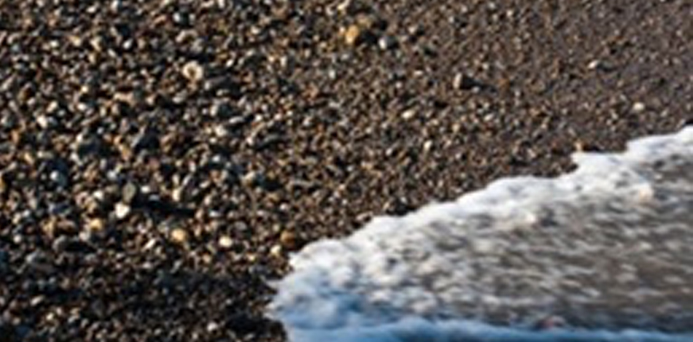Even North Shore natives are often surprised to learn the hidden history of this area.
For example, did you know that German prisoners of war were interred at Fort Sheridan during World War II?
Or that the entire North Shore was almost in Wisconsin? The border was moved about 60 miles when Illinois was granted statehood in 1818 to give us a little Lake Michigan shoreline.
Each month we offer a quiz question to test your North Shore knowledge. Try your hand at this one:
Who is considered by many to be the “father of the North Shore”?
A. Walter Gurnee
B. Antoine Ouilmette
C. William G. Edens
a. RIGHT! Gurnee was an early Chicago mayor, saddle maker and land speculator. He built the railroad that is today the Union Pacific North Line. It opened in 1855. From the beginning Gurnee envisioned a string of railroad suburbs offering residents convenient transportation between their North Shore homes and downtown offices. In a shrewd move, Gurnee located the stations adjacent to land HE OWNED along the tracks. Gurnee’s property became Lake Bluff, Highland Park, Glencoe and Winnetka. Gurnee had planned to live out his days in a castle-like home in Glencoe on a huge tract of land he bought from his father-in-law, Matthew Coe. (“Coe’s Glen” became “Glencoe” according to one story). But property values fizzled in the civil war economy. Gurnee sold his land to another developer in the 1860s and moved back to his home state of New York. Gurnee’s former home is still standing in Glencoe. Of course it’s right across from the train station. Oddly, the northern Illinois community named for Gurnee is a good five miles inland from the North Shore.
b. WRONG. Antoine Ouilmette (for whom the suburb of Wilmette is named) and his wife Archange made possibly the worst real estate decision in the history of the North Shore. He was a French Canadian fur trader. She was Potawatomi on her mother’s side. In 1829 the U.S. government gave Archange more than a thousand acres of lakefront property in what is today Wilmette and Evanston in exchange for her family’s help in negotiating a treaty with the Native Americans. But another treaty in 1833 banished Native American’s west of the Mississippi. Although Antoine and Archange could have stayed in Wilmette, they sold their land for just a few thousand dollars and followed the Indians to Iowa.
c. WRONG. Banker William G. Edens was an early champion of paved the roads. Of course the Edens Expressway is named for him. But the North Shore was well established by the time he headed the Illinois Highway Improvement Association in 1918. The group convinced the state to spend 60 million dollars to improve highways throughout Illinois. Edens, by the way, never owned or drove a car according to the book “Streetwise Chicago.”

